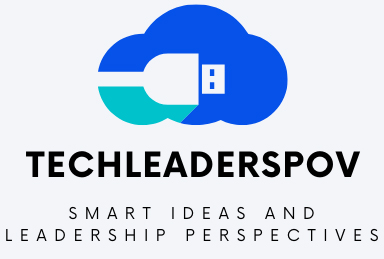
I was recently talking to a CEO client of mine and she shared that: “…because of the pandemic everyone wants a change. Maybe not a massive shift in their lives, but they want it to break up the monotony of doing the same thing, day in and day out. Realistically you can’t divorce your partner. Moving to a new house is expensive right now,” the wise pharmaceutical marketing leader continued “…so what can employees do to shake things up? They don’t have a lot of options besides quitting their jobs. That’s pretty much their only option right now, and as a leader, I can tell you that’s really hard on me and hard on my company.”
As an executive coach and corporate trainer, I found this insight so powerful it got me looking at retention stats, so I could focus more profoundly on positively supporting my corporate clients. The CEO who preferred to remain anonymous—as they’re looking at staff attrition rates between 15-20% over the past quarter—was eager to consider all solutions available. Especially if those solutions were easy to implement and could create lasting change.
Office Friendships Make All The Difference
I did some digging and it turns out that supporting office friendships went a long way to changing the resignation culture. Did you know that 62% of people would say NO THANK YOU to a higher paying job if they had 5+ friends at their current job? And that number rises to over 70% for those with over six at work.
“That warm, fuzzy feeling drops dramatically as the number of workplace friends declines—fewer than half of those with one to five friends at their company feel the love and just 24 percent with no workplace friends love where they work,” says Kathy Gurchiek in an SHRM article about the importance of workplace friendships.
Just how Expensive Is Losing Employees?
In case you’d forgotten, according to a Gallup study, the cost of replacing an individual employee can range from one-half to two times that employee’s annual salary — and that’s a conservative estimate. So, a 100-person organization where the average salary is $50,000, would have turnover and replacement costs of approximately $660,000 to $2.6 million per year. Holy wow. Let’s start helping our employees make friends shall we?
How Can Employers Support Employee Friendships?
As more leaders are leaning into empathetic leadership styles, they are seeing how important it is for them to foster potentially connective moments. One effective suggestion is encouraging employees to start meetings by playfully sharing something personal about themselves, like what everyone is currently binge-watching. Better still is going deeper and connective moments where people are encouraged to openly talk about their core values, as these moments can give leaders and staff insight into what motivates everyone from a deeper perspective. This insight gives the firm a direct line to understanding what type of motivation will be most effective moving forward.
Having time set aside for virtual games and other connective engagement, that’s not necessarily directly correlated to client work or the bottom line, can be deeply rewarding over time. PwC has project managers allocate different employees to take walks and talk together. Everyone is “walking” wherever they want to walk, but for that 25 minutes, they’re on the phone with a colleague…connecting. Little initiatives make all the difference as I’ve found in training after training that I’ve facilitated.
Don’t Leave Friendship To Chance
Friendship and connection support retention, and it’s critical now more than ever to look for ways to add more of that into your office culture. Don’t assume your managers know anything about building a more connected culture, after all, they’ve been set adrift by the pandemic as well. Work with professionals such as myself and forge a custom path for your corporate culture. You’ll save millions. No joke.
As a Connector in Chief, Jen helps people and companies add more meaning to their lives through connection. She is a master story-telling facilitator, a connection-focused keynote speaker, a sought-after executive coach, and the author of the book: The Big Power of Tiny Connections—How Small Interactions Spark Awesome Outcomes.
